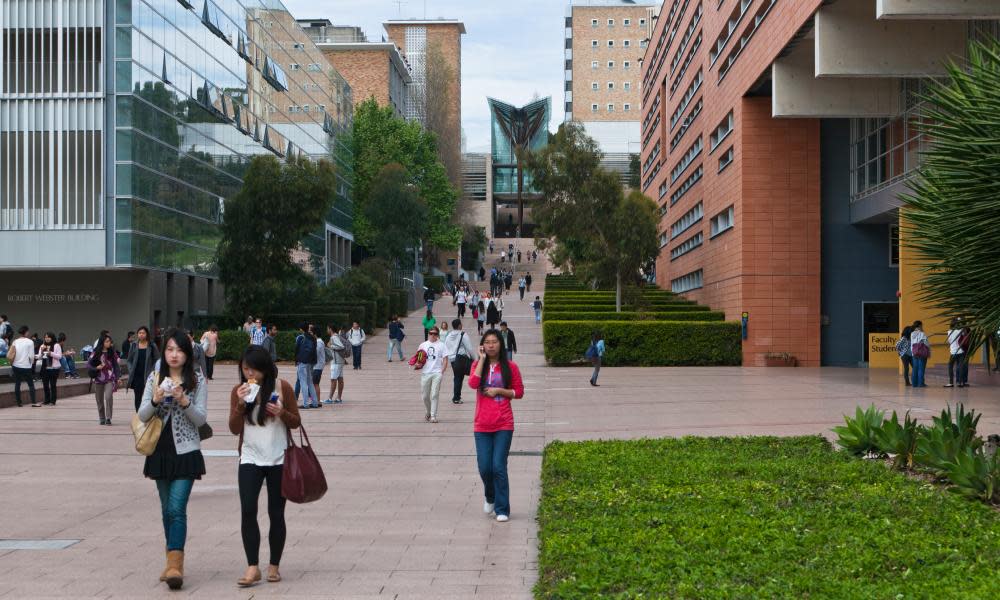Universities warn federal funding freeze leaves shortfall of 9,500 places

The federal government’s two-year freeze on commonwealth grants funding will mean the equivalent of almost 10,000 student places go unfunded in 2018, the university sector’s chief lobby group has argued.
As the main round of university offers go out to prospective students this week, Universities Australia says the freeze – effectively a $2bn cut – announced in the government’s mid-year budget update would leave 9,500 places unfunded.
The funding freeze was announced in December as a non-legislative replacement for the $2.8bn package of funding cuts and fee rises in the 2017 budget, which was blocked by the Senate.
While not directly capping student places, the decision effectively put an end to the demand-driven university funding system and is likely to put pressure on universities to cap enrolments because they will not receive any additional direct commonwealth grants funding if enrolments increase.
The chief executive of Universities Australia, Belinda Robinson, said her group’s modelling showed the funding changes were “unsustainable” and would force universities to offer fewer places or cut funding for programs used to attract students from regional and remote areas.
“In 2018 and beyond, universities will struggle to cope with commitments already factored into their budgets,” she said.
“In the end, short-term Band-Aids won’t be able to stem the bleeding. As government funding recedes, universities will also be under pressure to enrol fewer students in expensive but crucial courses such as nursing, IT, science and engineering.”
Robinson said the timing of the decision had given universities less time to adjust.
“The cuts were announced on December 18 and took effect from January 1,” she said. “Many universities had already made detailed plans by that time on how many places they would offer in 2018.”
Universities Australia said the shortfall arose because the grant freeze wasn’t indexed, meaning the grants’ real value falls by 1.5% in 2018. It argues universities will have to reduce their student load to maintain the value of current funding.
The figure is based on an assumption of a static number of about 190,000 commencements.
The federal education minister, Simon Birmingham, says the sector has seen its wealth expand rapidly since demand-driven funding was introduced in 2012 and that universities were able to fund places above the cap before the system was established.
He wants to introduce a performance-based funding model from 2020 in a bid to increase graduate outcomes and improve attrition rates.

 Yahoo News
Yahoo News 
